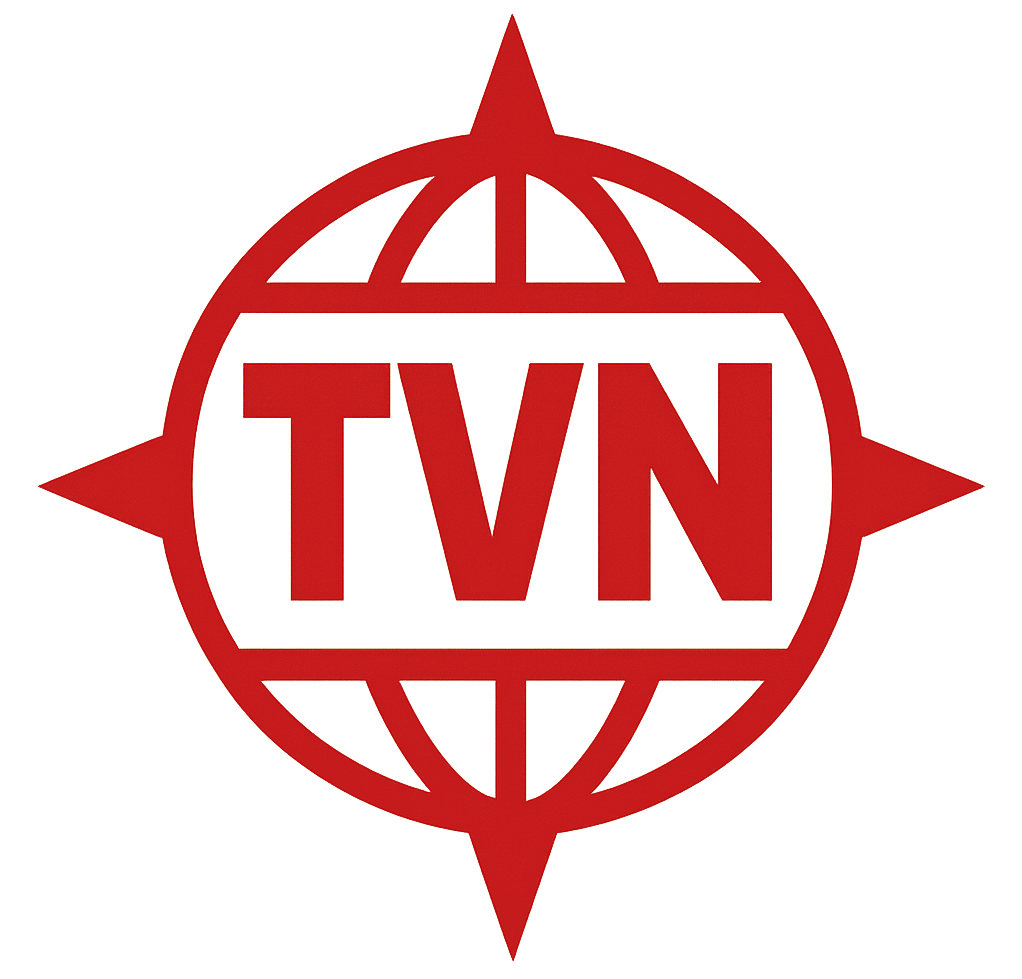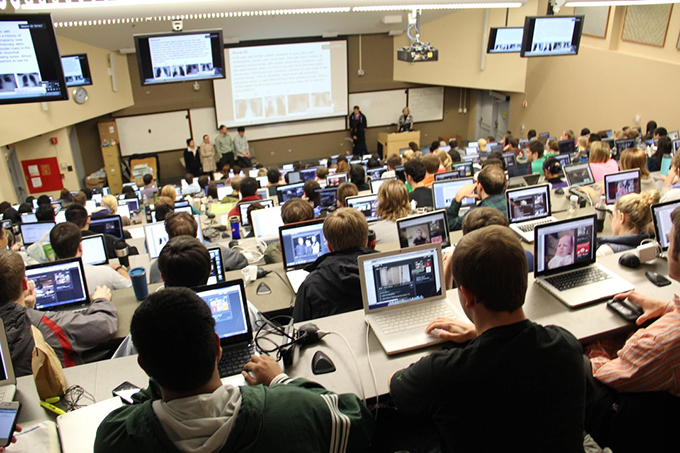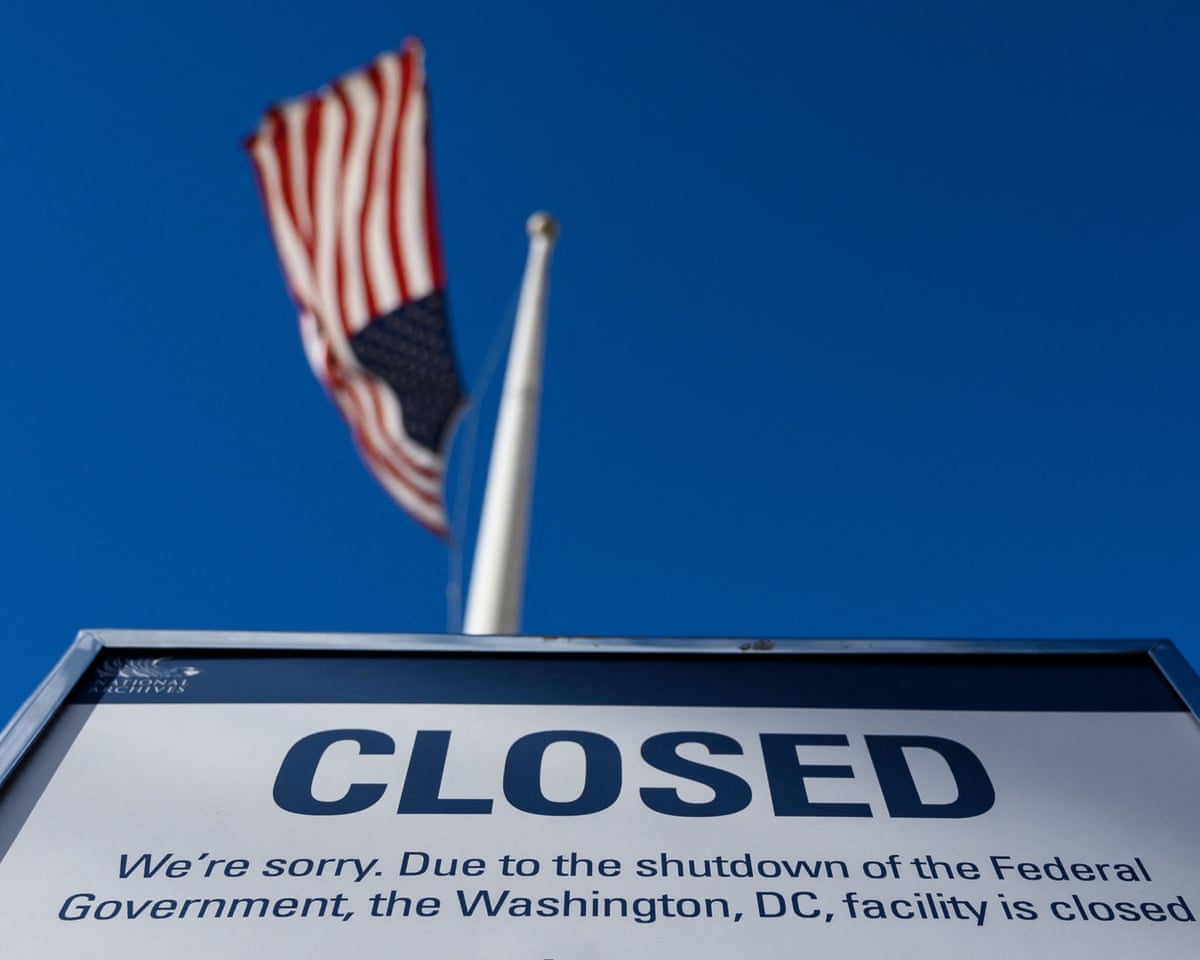
By The Vagabond News Editor – Sudhir Choudhary
Bold shift in U.S. nuclear posture
On October 30, 2025, President Donald Trump announced via social media that he had instructed the United States Department of Defense (DoD) to “immediately resume testing our nuclear weapons on an equal basis” with other nuclear powers, notably Russia and China. (Reuters)
The declaration came just hours before his scheduled face-to-face meeting with Chinese President Xi Jinping in Busan, South Korea, at the close of the Asia-Pacific Economic Cooperation (APEC) summit. (The Washington Post)
This marks the first public U.S. announcement of such a testing directive since America’s moratorium on full-scale nuclear explosive tests, which dates back to 1992. (Reuters)
What the announcement says
- Trump framed the move as necessary because “other countries’ testing programmes” are advancing, singling out China’s growing arsenal and Russia’s recent tests of advanced systems. (Reuters)
- He did not publicly specify the scope, timeline, or type of tests that would be conducted, nor whether they would be full-yield explosive tests or sub-threshold experiments. (The Washington Post)
- The timing—just before the high-profile meeting with Xi—signals that the issue of strategic deterrence and great-power competition is being used as a bargaining chip in broader U.S.–China diplomacy. (Reuters)
Strategic and diplomatic implications
Geopolitical posture
By announcing nuclear testing resumption, the U.S. is implicitly signalling that it believes its nuclear deterrent could be at risk of erosion relative to Russia and China. It sends a force-projection message to both.
U.S.–China relations
The disclosure complicates what was expected to be a more economically-focused meeting with Xi. Rather than approaching the summit purely as a trade and tech dialogue, the United States has placed nuclear deterrence and strategic competition front and center. (Arab News PK)
Non-proliferation and arms control
The U.S. resumption of nuclear tests would shake decades-old arms control norms, including the de facto moratorium that the country and many others have observed since the end of the Cold War. It could trigger a fresh nuclear arms race, or at least accelerate modernization efforts by peer adversaries.
What to watch next
- Whether the Pentagon releases details on when, where, and what yield the tests will involve, and how they will comply with international obligations (e.g., the Comprehensive Nuclear-Test-Ban Treaty, to which the U.S. is a signatory but not ratified).
- How China and Russia respond. Will Beijing view this as strategic provocation ahead of the summit, and will it take reciprocal steps?
- Whether U.S. allies express concern or request consultations, especially given broader security commitments in Europe and the Pacific.
- Whether the testing resumption intersects with ongoing trade talks, technology rivalry (including rare earths) and other elements of the U.S.–China agenda.
- Impact on arms-control architecture — will there be renewed calls in Congress or internationally for treaty renegotiations or new frameworks?













